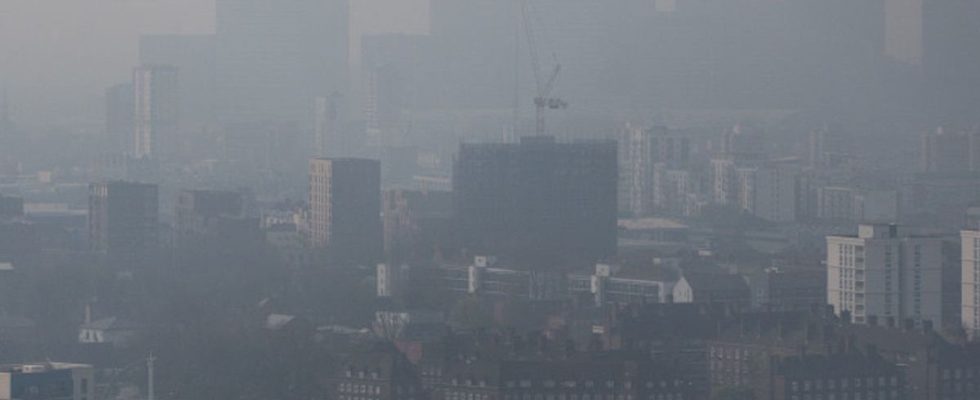Published on
Updated
Reading 3 mins.
A large study carried out in more than 850 European cities has identified the sectors of activity that generate the most deaths linked to air pollution. The main culprits are transport, domestic use and agriculture.
Air pollution kills. According to a report of the European Environment Agency (EEA) published last April, it would lead to the premature death of 1,200 children each year in Europe. Also according to estimates by the EEA, air pollution killed 238,000 people in Europe in 2020. To study this scourge more closely, the Barcelona Institute for Global Health (ISGlobal) examined air quality in 857 European cities. In this study published by The Lancet Public Healthtwo types of atmospheric pollutants were taken into account: nitrogen dioxide (NO2) and fine particles (PM 2.5).
Transport, domestic activities and the industrial sector, the infernal trio
The data comes from several sources, including the Urban Audit, the Joint Research Center (JRC) of the European Commission (2018), the regional inventory of the Copernicus atmosphere monitoring service (2015), as well as the figures population and mortality obtained from public databases for each of the cities studied. “A comparative risk assessment was carried out to estimate the mortality that could be avoided under different scenarios for reducing the concentrations of pollutants associated with each of the emission sources”say the authors of the study.
The research concluded that the three major contributors to air pollution-related deaths are transport, domestic activities and the industrial sector. However, the order differs according to the type of pollutant. “Transportation remains the main contributor to NO2, while the residential and agricultural sectors increasingly contribute to PM2.5”, note the authors of the report. For NO2, transport would be responsible on average for 48.5% of pollution-related deaths for all cities, followed by industry (15%) and energy (14.7%). Other sectors with a considerable contribution are housing (10.3%) and maritime transport (9.7%).
Transport and domestic activities in the line of sight
Regarding deaths related to exposure to fine particles, domestic uses mainly from cooking and heating appliances would be the main culprits, with an average contribution estimated at 22.7% for all cities. Next come the agricultural sector (18% on average), industry (13.8%), transport (13.5%), the energy sector (10%), biofuels (8.8%) and transport maritime (5.5%). “Looking at NO2 and PM2.5 combined, traffic remains the primary contributor to poor air quality and associated mortality. However, if we consider PM2.5-related mortality exclusively, we see a significant contribution from the residential sector and agriculture.“, notes Sasha Khomenko, researcher at ISGlobal and lead author of the study.
In view of these results, the authors of the work suggest several avenues for implementing measures aimed at reducing emissions. For example by tackling transport-related emissions first, but also by regulating emissions from the industrial sector and maritime transport, as well as by limiting the combustion of biomass in households and emissions from agriculture and animal husbandry. Or to set up working groups at the scale of cities, countries and the EU, in order to tackle the issue in a cross-cutting manner between the different emission sectors (urban planning, transport engineering, housing, environment, health, education, agriculture, business, etc.).
“The results of this research show great variability between the different cities studied, suggesting that, since each has its own particularities and sources of air pollution, strategies to improve air quality should be adapted to each local context”, conclude the ISGlobal researchers.
